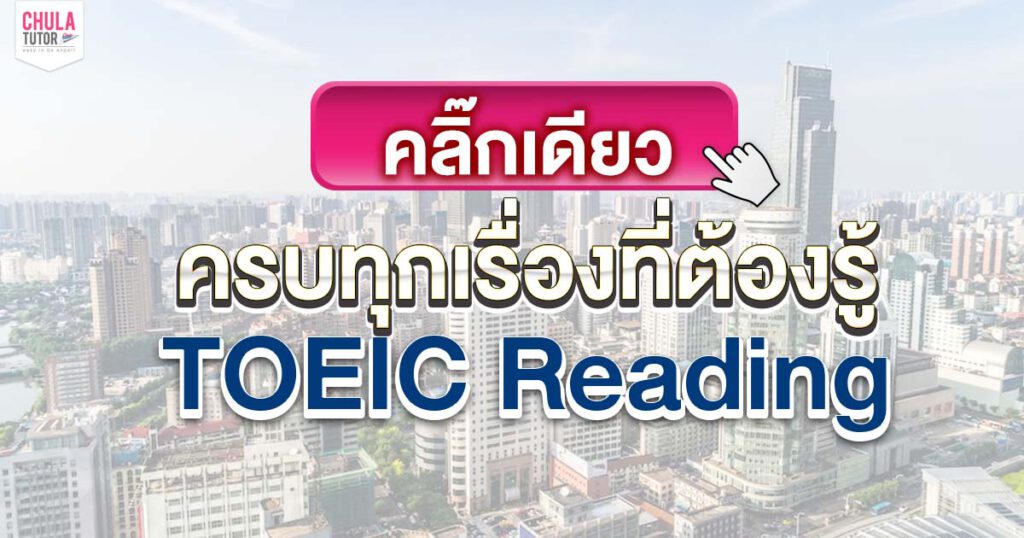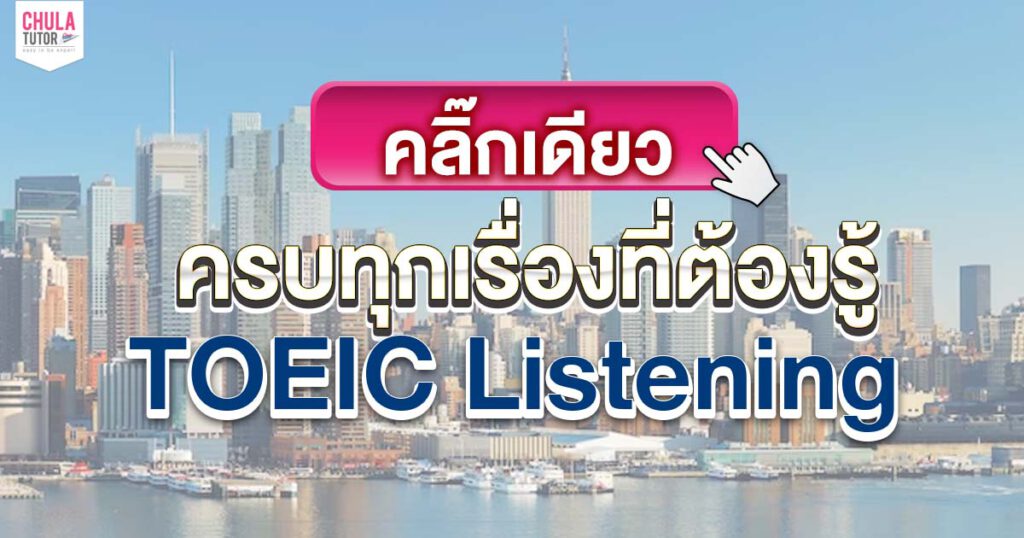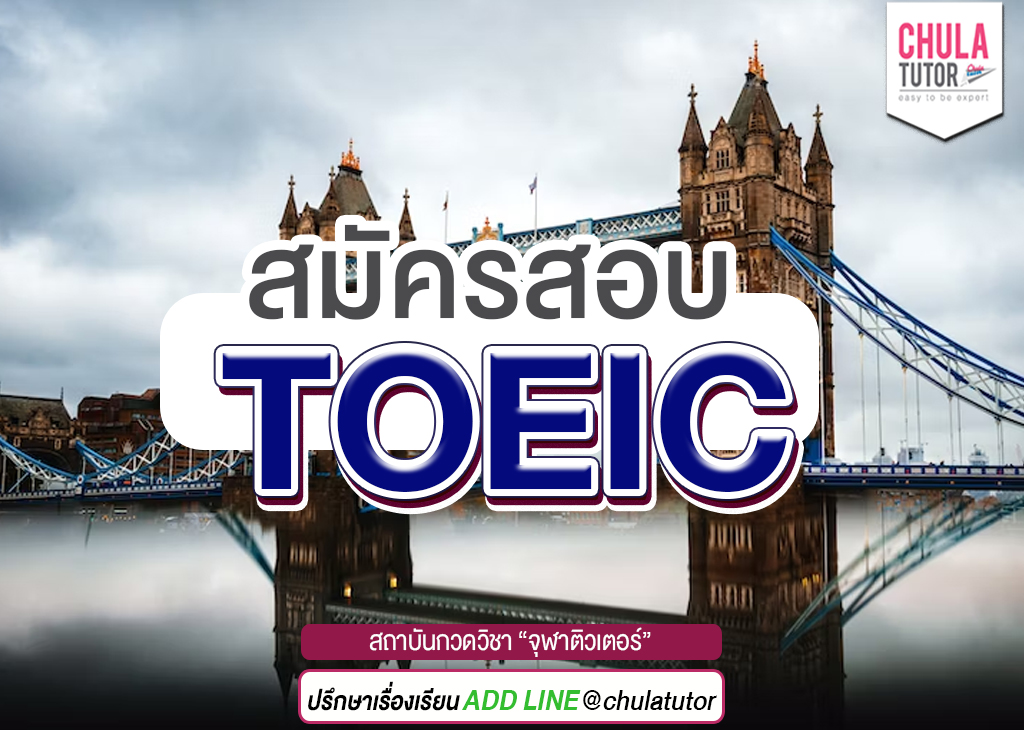Reading Time: 3 minutes
For those who are interested in taking TOEIC (Test of English for International Communication), we recommend you concern the minimum score each company required as it can tell your English communication ability. You should not forget the purpose of TOEIC that is to test your English communication in every day life. To get 700+ score of TOEIC is not difficult as the test has its pattern and if you follow the test reviews and keep practicing, your 700+ score is not too high. Once you get your expected scores, don’t forget to efficiently use English in your real life which required continuously practice. Below is TOEIC scores and explanation which you can study by yourself.
TOEIC CAN-DO LEVEL |
|
| TOEIC scores | |
| 905-990 | Professional Proficiency |
| 785-900 | Advanced Working Proficiency |
| 605-780 | Basic Working Proficiency |
| 405-600 | Intermediate |
| 255-400 | Elementary |
| 10-250 | Novice |

TOEIC Part 1 : Listening Section |
||
| TOEIC listening Score | Listening | Speaking |
| 455-495 | Can: – understand mother-tongue speakers of English in meetings – function in all of the situations described below whether professional or social, concerning |
Can: – conduct meetings with mothertongue speakers of English – perform all of the below with a greater degree of ease… |
| 395-450 | Can: – understand most work related situations – Understand most speakers of English in international meetings – Function in all of the situations described below but with a greater degree of facility and accuracy |
Can: – satisfy most work requirements – conduct a job interview in own area of expertise – sustain fluency, accuracy and appropriate register in known situations |
| 305-390 | Can understand: – explanations of work problems – requests for products on phone – discussions of current events by mother-tongue speakers of English – headline news on radio |
Can: – adapt language use for different audiences in most cases – Make short (30 minute) formal presentations if prepared – Discuss topics of general interest using non-elaborate structures |
| 205-300 | Can understand: – explanations related to routine work tasks in one to one situations – some travel announcements – limited social conversations |
Can: – describe own job responsibilities and academic background – discuss past and future projects – make travel arrangements over the phone |
| 130-200 | Can: – understand simple exchanges in everyday professional or personal life with a person used to speaking with non mother-tongue speakers – take simple phone messages |
Can: – produce simple if hesitant language adequate for elementary functions with patient listeners: introductions, directions, requesting information, ordering food… |
| 05-125 | Can: – understand adequately for immediate survival needs, directions, prices… – comprehend simple questions in social situations |
Can: – name objects, colors, clothes, people, days, months, dates, and give the time – only reproduce formulaic language telegraphic style |
TOEIC part 2: Reading Section |
||
| TOEIC reading Score | Reading | Writing |
| 455-495 | Can: – read adequately for most professional needs – read highly technical manuals in own area – read all of the below… |
Can: – write effectively, both formally and informally; however, work for publication will still require review – produce the documents described below without undue difficulty |
| 395-450 | Can: – read most types of documents with varying degrees of ease – read even highly-technical subjects with little use of dictionary – experience difficulties with sophisticated menus, novels… |
Can: – write an employment application – write a letter of complaint – – write the documents below with increasing degrees of accuracy and ease |
| 305-390 | Can: – read with only the occasional use of a dictionary: – technical manuals – many news articles – popular novels – identify inconsistencies in points of view |
Can: – write with some effort: – letters to potential clients – 5 page formal reports – summaries of meetings – job application letters |
| 205-300 | Can: – understand basic technical manuals for beginners – use a dictionary to understand more highly technical documents – read agenda for a meeting |
Can: – write with some difficulty: – short memos – letters of complaint – descriptions of processes – fill out simple application forms |
| 130-200 | Can: – use a directory – understand simple instructions – read simple, standardized business correspondence |
Can: – write short notes, directions and lists with difficulty – not fill out forms, write detailed memos, letters or reports |
| 05-125 | Can: – understand add words e.g. shop names – read simple memos and menus, train or bus schedules, traffic signes… |
Can: – write add words, formulaic language – not write creative sentences |
รายละเอียดเพิ่มเติม










